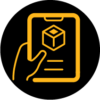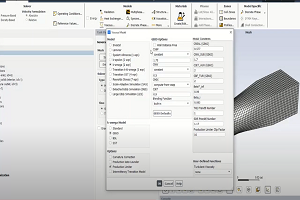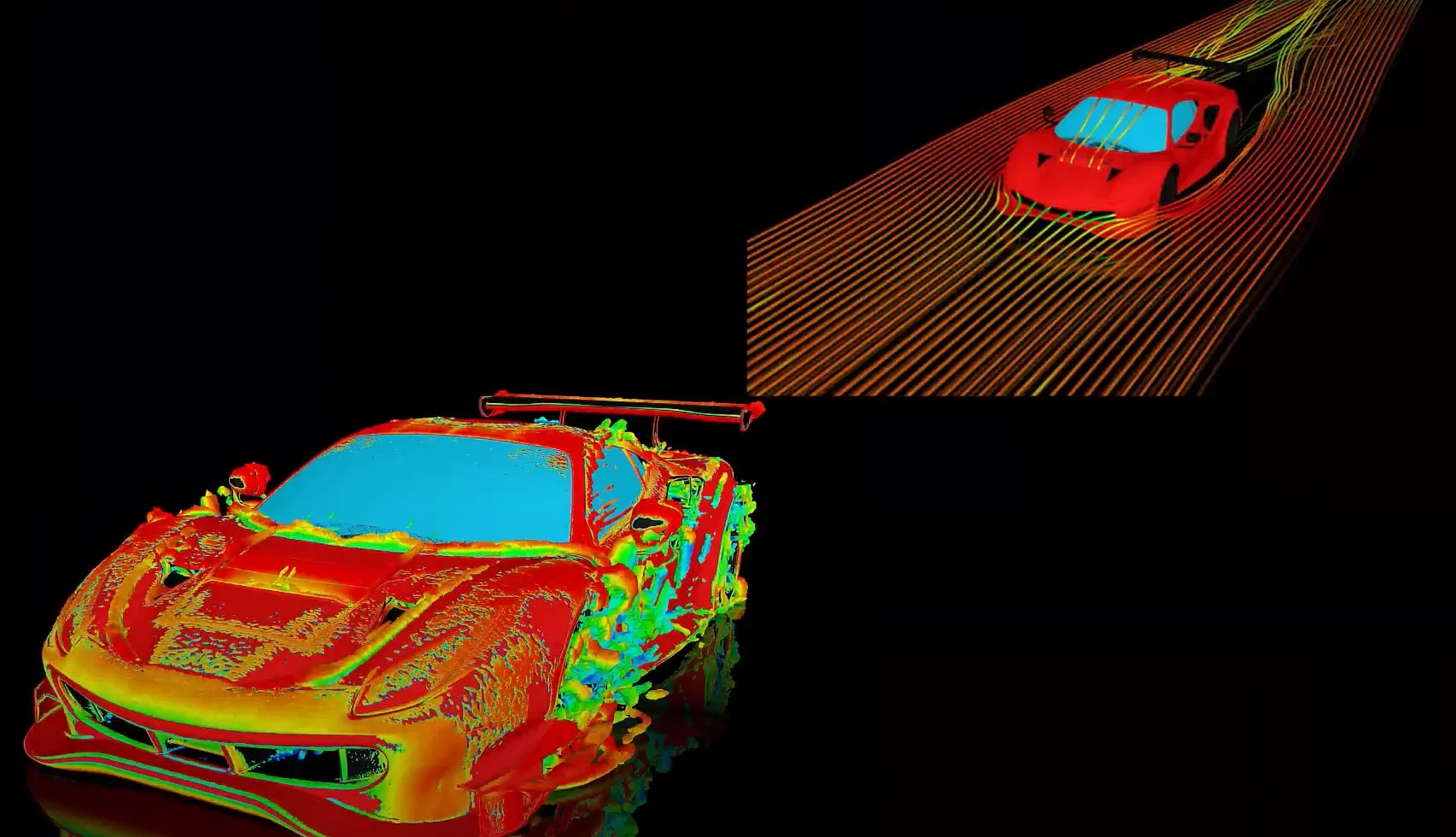Tagged: 17.2, boundary-layer, cfx, fluid-dynamics, General, turbulence
-
-
January 25, 2023 at 7:16 am
 FAQParticipant
FAQParticipantUnless you are specifically interested in resolving the boundary layer profile in your simulation, CFX-5 will use wall functions to model the near wall region in a turbulent flow simulation. Although wall functions are extremely useful in reducing computational load, there is a limit to their valid application, and care should be taken to ensure that their use in all wall regions is appropriate, or if not, that you are aware of their limitations. The parameter y+ (Yplus) is a non-dimensional variable based on the distance from the wall through the boundary layer to the first node away from the wall. It is therefore dependent on the size of the mesh in the wall region. If the value of y+ is too large, then the wall function will impose wall type conditions further from the wall than would normally be physically appropriate. The use of Scalable Wall Function in CFX-5 and later versions has removed problems associated with the lower valid limit for y+, as it ensures that all mesh points are outside the viscous sublayer and all fine mesh inconsistencies are avoided. The upper limit for y+ is a function of the device Reynolds number. For example a large ship may have a Reynolds number of 1e9 and y+ can safely go to values much greater than 1000. For lower Reynolds numbers (e.g. a small pump) the entire boundary layer might only extend to around y+ = 300. In this case a fine near wall spacing is required to ensure a sufficient number of nodes in the boundary layer. Ensure that you have sufficient nodes close to the wall to resolve the boundary layer. You can plot the values of y+ at the wall in CFX-Post to see where the mesh needs refining (or coarsening) to reduce (or increase) the value of y+ in that region. To fully resolve the boundary layer you should put at least 10 nodes into the boundary layer.
-


Introducing Ansys Electronics Desktop on Ansys Cloud
The Watch & Learn video article provides an overview of cloud computing from Electronics Desktop and details the product licenses and subscriptions to ANSYS Cloud Service that are...

How to Create a Reflector for a Center High-Mounted Stop Lamp (CHMSL)
This video article demonstrates how to create a reflector for a center high-mounted stop lamp. Optical Part design in Ansys SPEOS enables the design and validation of multiple...

Introducing the GEKO Turbulence Model in Ansys Fluent
The GEKO (GEneralized K-Omega) turbulence model offers a flexible, robust, general-purpose approach to RANS turbulence modeling. Introducing 2 videos: Part 1 provides background information on the model and a...

Postprocessing on Ansys EnSight
This video demonstrates exporting data from Fluent in EnSight Case Gold format, and it reviews the basic postprocessing capabilities of EnSight.

- How to overcome the model information incompatible with incoming mesh error?
- Skewness in ANSYS Meshing
- Is there a way to get the volume of a register using expression ?
- What are the requirements for an axisymmetric analysis?
- Ansys Fluent GPU Solver FAQs
- How to create and execute a FLUENT journal file?
- What are pressure-based solver vs. density-based solver in FLUENT?
- What is a .wbpz file and how can I use it?
- How to get information about mesh cell count and cell types in Fluent?
- How can I Export and import boxes / Systems from one Workbench Project to another?

© 2025 Copyright ANSYS, Inc. All rights reserved.

